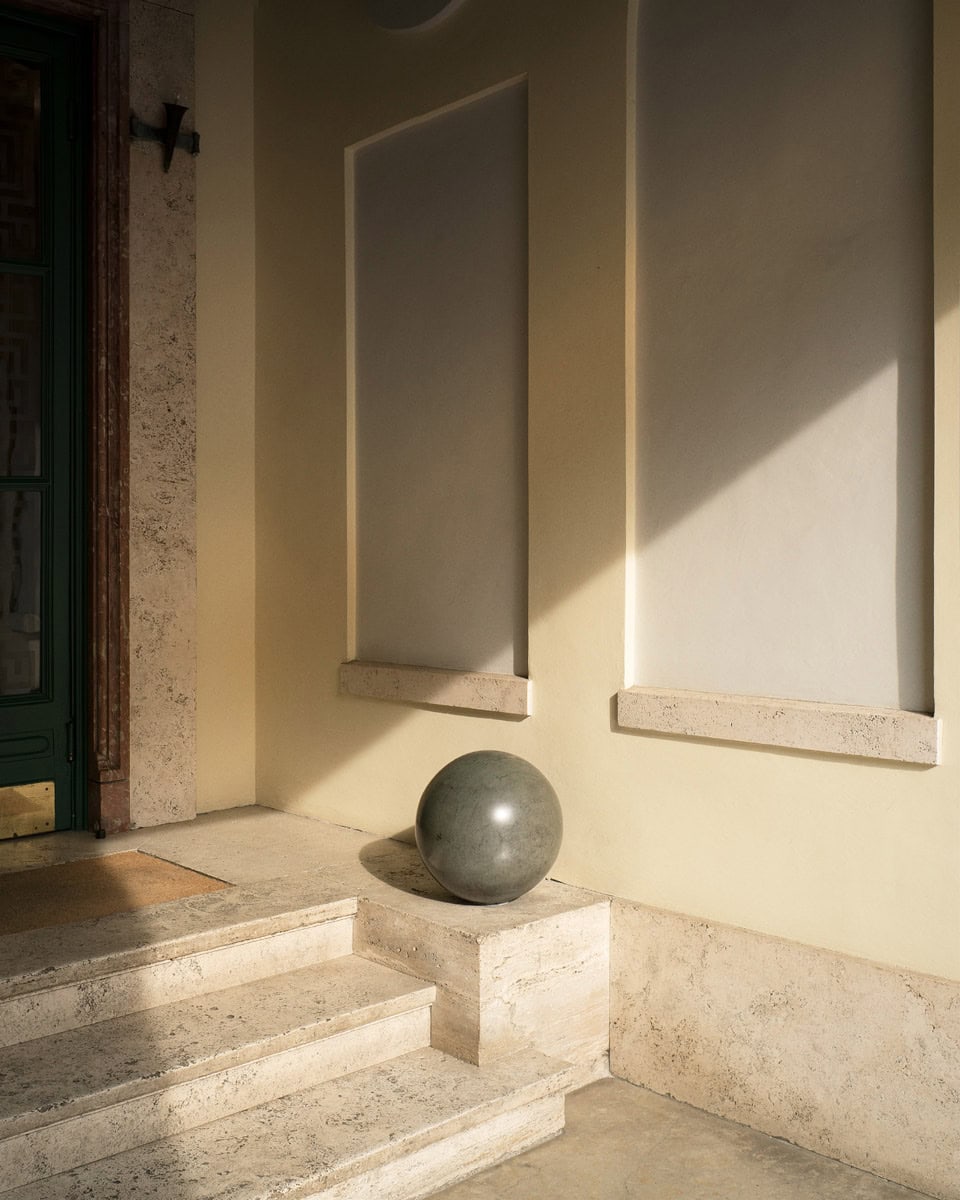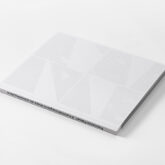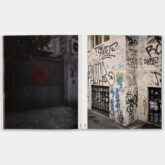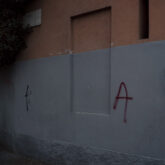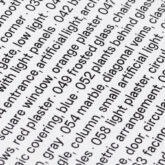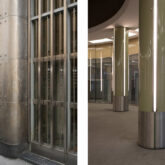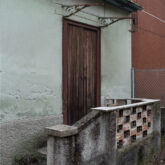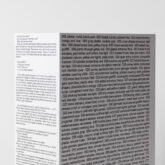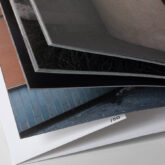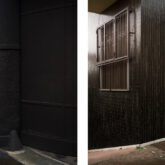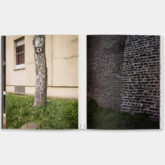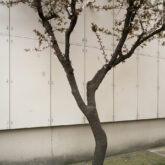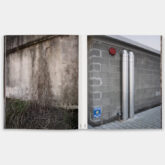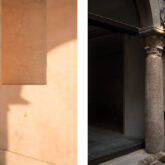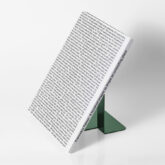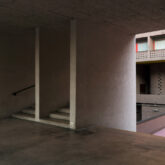Francesco Paleari, is a visual author based in Milan. He graduated in Communication Design at the Politecnico di Milano and got a master degree in Photography at the IUAV.
He worked as an assistant for Bas Princen in Zurich and Rotterdam and he currently collaborates with several photographers as a consultant for post production.
Since 2019 he is running a teaching class for the Master in Photography at the University of Venice. He co-founded BRACE BRACE, a project space for exhibitions and research studio for sharing in the contemporary art as well as Altana, a collective aimed at joining forces for the self-production and publication of photography projects.
About A hundred images to shape an unexisting place – words by Francesco Paleari:
How was the place?
And the weather? And the food?
What did you love most?
Here we are, let’s start again talking to family and friends about the last trip. They are naive and sincere questions, never easy to answer though. They come from real human needs to simplify a conversation and give it labels. The aim? Create an archive of basic information that we can easily use for comparison.
How is Milan?
– fog, grey, concrete.
How is Palermo?
– sun, sea, tasty seafood.
This is what usually happens in our mind. The outside is organized into categories.
Within this process we create a common imagery of stereotypes that we tend to call identity. But our mind follows different paths when we experience a place for the first time. Inputs that we receive from the world become part of a shapeless cloud. We eventually translate sensory details into something tangible to help someone else to experience the same.
What am I doing when I decide to stay longer in a specific place, visit the most innocent corners, go back again and again, maybe during different seasons or with different light conditions? I’m only feeding the cloud – plenty of new pictures – but I’m still far away. Objectiveness is still out of reach.
The visual sequence mimics our way of creating meanings. This process doesn’t care about chronology and exact locations. It evolves fluidly from formal associations and metaphors which give shape to a projection rather than a place. From here, A hundred images to shape an unexisting place was conceived.
Is it possible to go beyond the subjectivity of the speaker’s experience to fully discern the identity of a place?
What is identity?
Is it a changeable trait?
Which parameters do we have to consider?
When we take pictures we’re not only focusing on something but we’re also framing it.
When we wander around a city our attention is caught by unique details or reoccurring patterns. Then our mind makes connections.
The images in the sequence float between being a trace of reality and simple imagination. As with recipes, individual ingredients have become part of a new understanding. They become a projection of themselves. The exclusion process of the framing allows images to express themselves independently from the actual reality.
Are a hundred images enough to shape the identity of a place? Are locations still relevant as images have already created a new reading layer and formed a new identity?
Credits:
Photographs by Francesco Paleari
Cover Design by César Bourgeois
21,5×25 cm, 100 pages, soft cover
Second Edition printed in 50 copies
Milan, 2019
